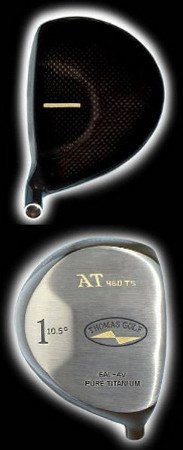
It is one thing to pick out the right driver based on a professional fitting session – it is another thing entirely to actually trust that club out on the course. Trust is not going to come automatically as soon as you buy the club and place it in your bag. Instead, you’ll have to build trust over time, earning it through consistent practice sessions and experience during actual rounds of golf. The best kind of confidence is the kind that comes from knowing you have hit great shots with a given club before, and you can do it again.
To get started with your new driver, spend some quality time working with it on the driving range. You don’t want to just stand up on the range and hit one shot after the next, without paying attention to the details. Rather, you should carefully plan and observe each shot, noting how the ball flies through the air on its way to the target. By monitoring the performance of your driver on the range, you will be able to pick up on any patterns that might replicate themselves out on the course. For instance, you might find that you hit most of your drives relatively straight, but every once in a while, you will pull one to the left. If that is true, you can favor the right side with your drives when on the course, just in case you hit a pull.
While you can make plenty of progress on the range, it is going to be necessary to take your driver out to the course at some point, in order to continue your development with this club. During your first round on the course with your new driver, remember the patterns you’ve seen on the range and use those to guide your aim. However, the performance of the driver on the range is not necessarily going to replicate itself on the course, so watch for changes and respond accordingly. Before long, you should be able to figure out exactly how your driver is going to play on the course, and you’ll start to fill with confidence as a result.
To help yourself get off to a good start with this new driver, consider using it only in situations where the driver is going to have plenty of room to work. For example, put it into action on a long par five with a wide fairway. When you come to a short par four with a narrow fairway and plenty of hazards, put the driver away and opt for a shorter club off the tee. By putting the driver in a position to succeed, you should be able to build some positive memories early on, laying the groundwork for a long and successful relationship with this new club.





